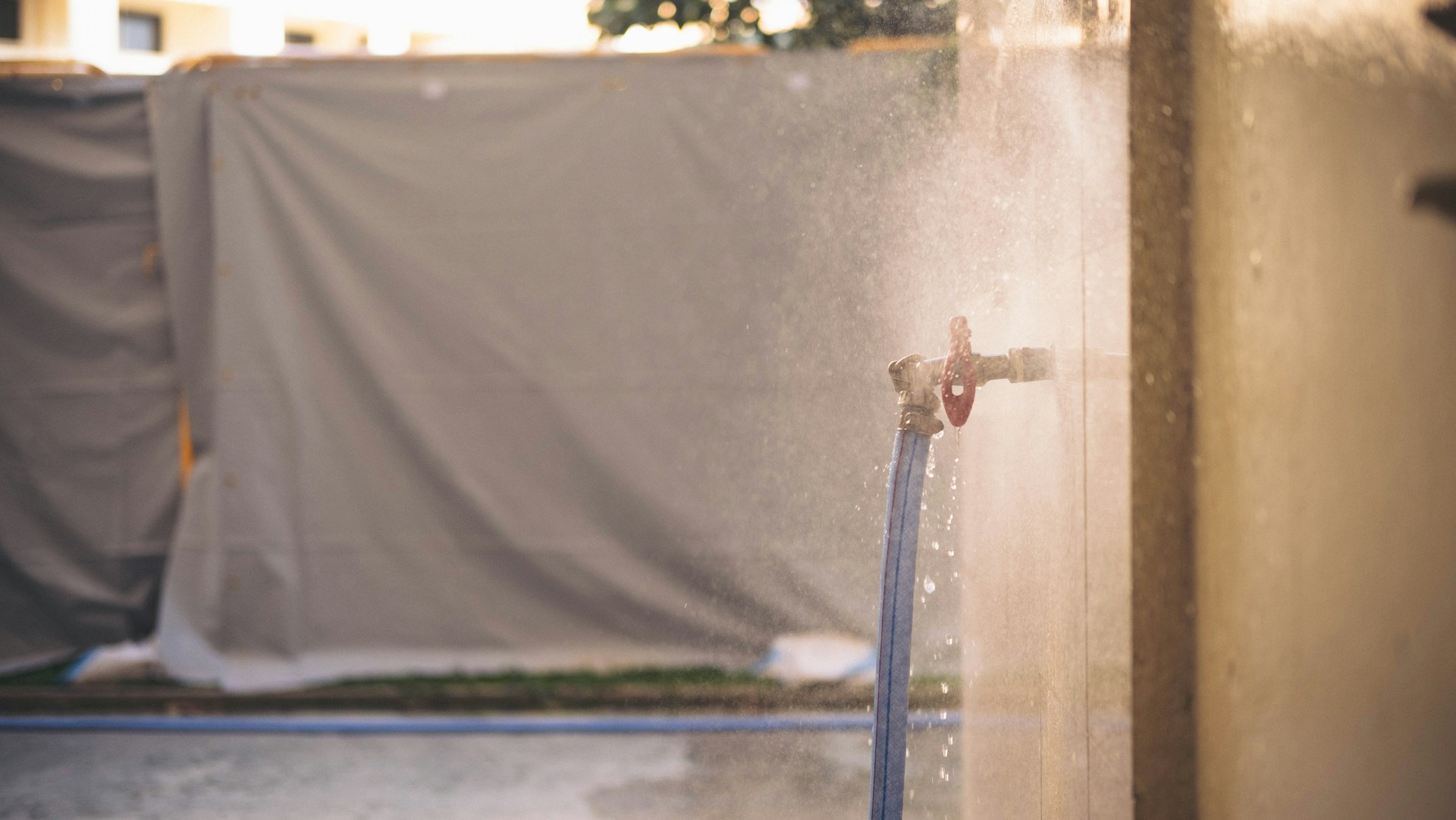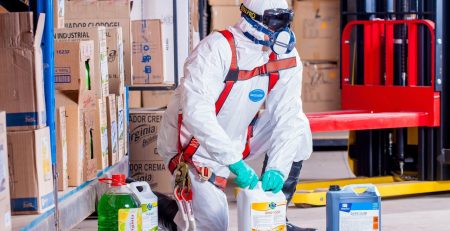Basement Waterproofing: Why It’s Essential for Every Property
Introduction
The basement is often one of the most vulnerable parts of a building when it comes to water damage. Since it is located below ground level, it is constantly exposed to groundwater pressure, soil moisture, and rainwater seepage. Many property owners ignore their basements because they are used for storage or utilities, but neglecting basement waterproofing can lead to serious structural and health problems.
In this article, we’ll explain why basement waterproofing is essential, the problems caused by water seepage, and the methods available to protect your property.
Why Basements Are Prone to Water Damage
- Soil Moisture and Groundwater
The soil surrounding your building holds moisture, which exerts hydrostatic pressure on basement walls. Without proper waterproofing, this pressure forces water through cracks and joints. - Rainwater Seepage
Heavy rainfall can lead to water accumulation around the foundation, which eventually seeps into the basement through weak spots. - Poor Drainage Systems
Blocked or damaged drainage systems cause water to pool near the basement, leading to dampness and leaks.
Problems Caused by a Damp Basement
- Structural Weakness
Continuous seepage weakens the foundation of the building, which is dangerous in the long run. - Mold and Mildew Growth
A damp basement creates the perfect environment for mold, which not only damages property but also affects health. - Damage to Stored Items
Furniture, electronics, and other goods stored in basements can be ruined by constant moisture. - Pest Infestation
Wet basements often attract pests like termites and rodents, causing further damage. - Decreased Property Value
No buyer wants a home or office with water problems. A leaky basement can lower the resale value significantly.
Methods of Basement Waterproofing
- Internal Waterproofing
Applying waterproof coatings and sealants on the inside walls and floors can help block moisture. This method is quick but works best for mild seepage problems. - External Waterproofing
The most effective way is to treat the basement from outside. Waterproof membranes, drainage boards, and protective coatings are applied around the foundation to stop water from entering. - Drainage Systems
Installing French drains, sump pumps, or proper gutter systems ensures water is redirected away from the basement. - Crack Injection
For visible cracks, polyurethane or epoxy injections are used to seal the gaps and prevent water entry.
Preventive Measures for Long-Term Protection
- Regularly check the foundation for cracks or gaps.
- Ensure rain gutters and downspouts are clean and functional.
- Grade the soil around the building to slope away from the foundation.
- Invest in annual basement inspections by waterproofing professionals.
Benefits of Basement Waterproofing
- Increased Property Lifespan: Protects the foundation and ensures long-term safety.
- Healthy Environment: Prevents mold, mildew, and respiratory health risks.
- More Usable Space: A dry basement can be turned into a living area, office, or storage room.
- Peace of Mind: No more worrying about damage during heavy rains.
Conclusion
Basement waterproofing is not an optional luxury—it’s a necessity for every property owner. Whether you’re protecting your home or commercial building, keeping the basement dry ensures the strength, safety, and value of your investment.
By taking preventive measures and using professional waterproofing services, you can transform your basement from a damp, unsafe area into a secure, functional space. The earlier you act, the more damage you prevent and the more money you save.




Leave a Reply